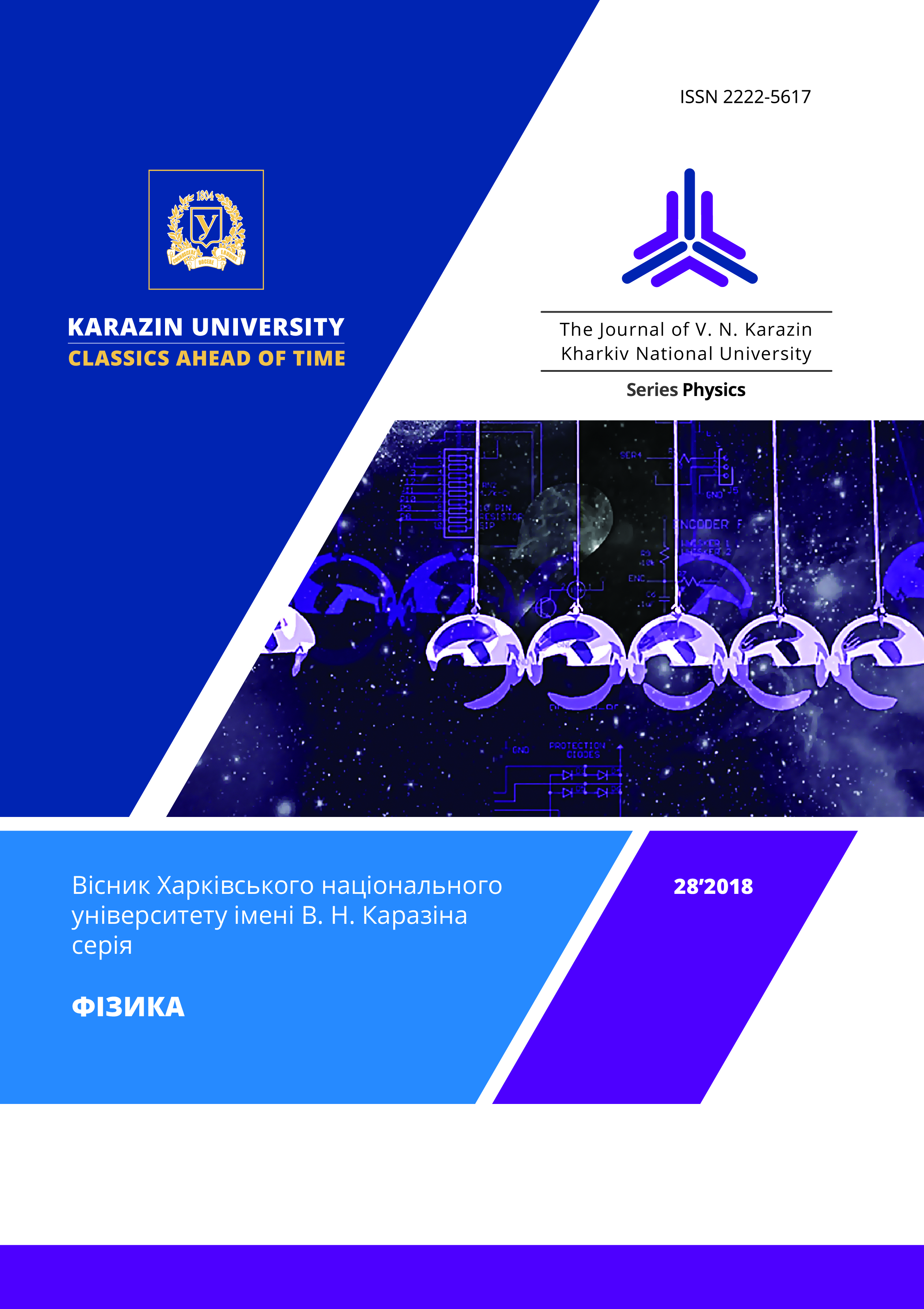Mechanical properties of the nanostructured Ti processed by combination of the severe plastic deformation methods
Abstract
The polycrystalline Ti Grade2 was subjected to combination of different methods of the severe plastic deformation, such as equal channel angular pressing, quasi hydro extrusion and rolling, and eight different structural states were produced. For each state were measured the following parameters: average grain size, microhardness (at 300 K) and mechanical characteristics in uniaxial compression at 300, 77 and 4.2 K. The concept of mutually complementary modes of plastic deformation differing in the set of active slip systems is introduced. The combination of the modes of plastic deformation was found, which gives the maximal values of the mechanical characteristics at temperatures 300, 77 and 4.2 K. It was shown that decrease of temperature of the preliminary deformation from 300 down to 77 K leads to improvement of the mechanical characteristics of the Ti Grade 2 samples in the whole studied temperature range.
Downloads
References
2. E.G. Pashinskaja. Fiziko-mehanicheskie osnovy izmel'chenija struktury pri kombinirovannoj plasticheskoj deformacii, Doneck: izd-vo «Veber», ( 2009), 352 p .
3. Y. Huang, P.B. Prangnell. Acta Materialia, 56, 7, 1619 (2008).
4. V. V. Stolyarov, Ya. E. Beigel’zimer, D. V. Orlov, R. Z. Valiev. The Physics of Metals and Metallography, 99, 2, 204 (2005).
5. S. Zherebtsov, M. Ozerov, N. Stepanov, M. Klimova 1 and Y.Ivanisenko. Metals,7, 507, (2017).
6. M. Greger, V. Masek.AMME, 18, 1, 103 (2006).
7. A.V.Makarov,N.А.Pozdeeva, R.А.Savray,А.S.Jurovskih,I.Y.Maligina. Izvestia Samarskogo Nauchnogo Zentra RAN, 13,4, 800 ( 2011).
8. A.V.Makarov, P.А.Skorinina,E.G. Volkova, А.L Osinzova.Vektor Nauki TGU 4,38, 12 (2016).
9. M.A. Tikhonovsky, I.F. Kislyak, O.I. Volchok and etc. Fizika ana Tehnika Visokih Davlenii, 99, 2, 105 (2008).
10. V.M.Segal,V.I.Reznikov,V.I.Kopilov, D.А.Pavlik,V.F.Malishev ” Prozessi plastichesko go strukturoobrazovania metallov, Minsk: Nauka and Tecknika, (1994), 232p.
11. V.A. Beloshenko, А.N. Pilipenko, V.V. Chishko. Obrabotka metallov davleniem, 1, 44 , 56 (2017).
12. P. A. Khaimovich. Low Temperature Physics, 44, 5, 349 (2018).
13. I.F. Kislyak, K.V. Kutniy, V.S. Okovit, M.A. Tikhonovsky, P.A. Khaimovich, I.V. Kolodiy, A.S. Kalchenko. PAS, 1562, 109 (2018).
14. M.A. Tikhonovsky, P. A. Khaimovich, K.V.Kutniy, I.F. Kislyak, V.S. Okovit, T.U. Rudcheva, Low Temperature Physics, 39, 11, 1261 (2013).
15. E.D. Tabachnikova, V.Z. Bengus, A.V. Podolskiy, S.N. Smirnov, V.D. Natsik, K. Csach, J. Miskuf, D.V. Gunderov, R.Z Valiev., Rev. on Adv/ Materials Science, 10, 3,229 (2005).
16. V.Z. Bengus, S.N. Smirnov, E.D. Tabachnikova, V.V. Romanchenko, S.N. Khomenko, D.V. Gunderov, V.V. Stolyarov, R.Z. Valiev. Materials Science Forum, 503, 55 (2006).
17. E.D. Tabachnikova, V.Z. Bengus, A.V. Podolskiy, S.N. Smirnov, D.V. Gunderov, R.Z. Valiev. Materials Science Forum, 503, 633 (2006).
18. V.V.Pustovalov. Low Temp. Phys. 26, 375 (2000).
19. Ya. D. Starodubov, P. A. Khaimovich, Problemi Prochnosti, 10, 116 (1975).
20. I.A. Gindin, Ya. D. Starodubov, V.К. Aksenov,UFZ. 19, 1834 (1974).
21. Ya.B. Fridman. Mechanical properties of metals, Oboronizdat, (1952) 246 p.
22. RAC Slater. Engineering plasticity: theory and application to metal forming processes, London. M (1977) ,105 p.
23. U.F. Kocks, C.N. Tome., H-R. Wenk Texture and anisotropy, Cambridge University Press, (2000), 108 p.
24. H. Fu, D.J. Benson, M.A. Meyers, Acta Mater, 49, 2567 (2001).
25. A. Hasnaoui, H. Van Swygenhoven, P.M. Derlet, Acta Mater, 50, 3927 (2002).
26. H. J. Klam, H. Hahn, H. Gleiter, Acta Met., 35, 8, 2101 (1987) .
27. E. Gruneisen. Handbuch der Physik, 10,1 (1926).
28. S. Trapp, C.T. Limbach, U. Gonser, S.J. Campbell, H. Gleiter, Phys. Rev. Lett. 75,3760 (1995) .
29. S.J. Zhao, K. Albe, H. Hahn. Scripta Mater. 55, 473 (2006).








3.gif)
